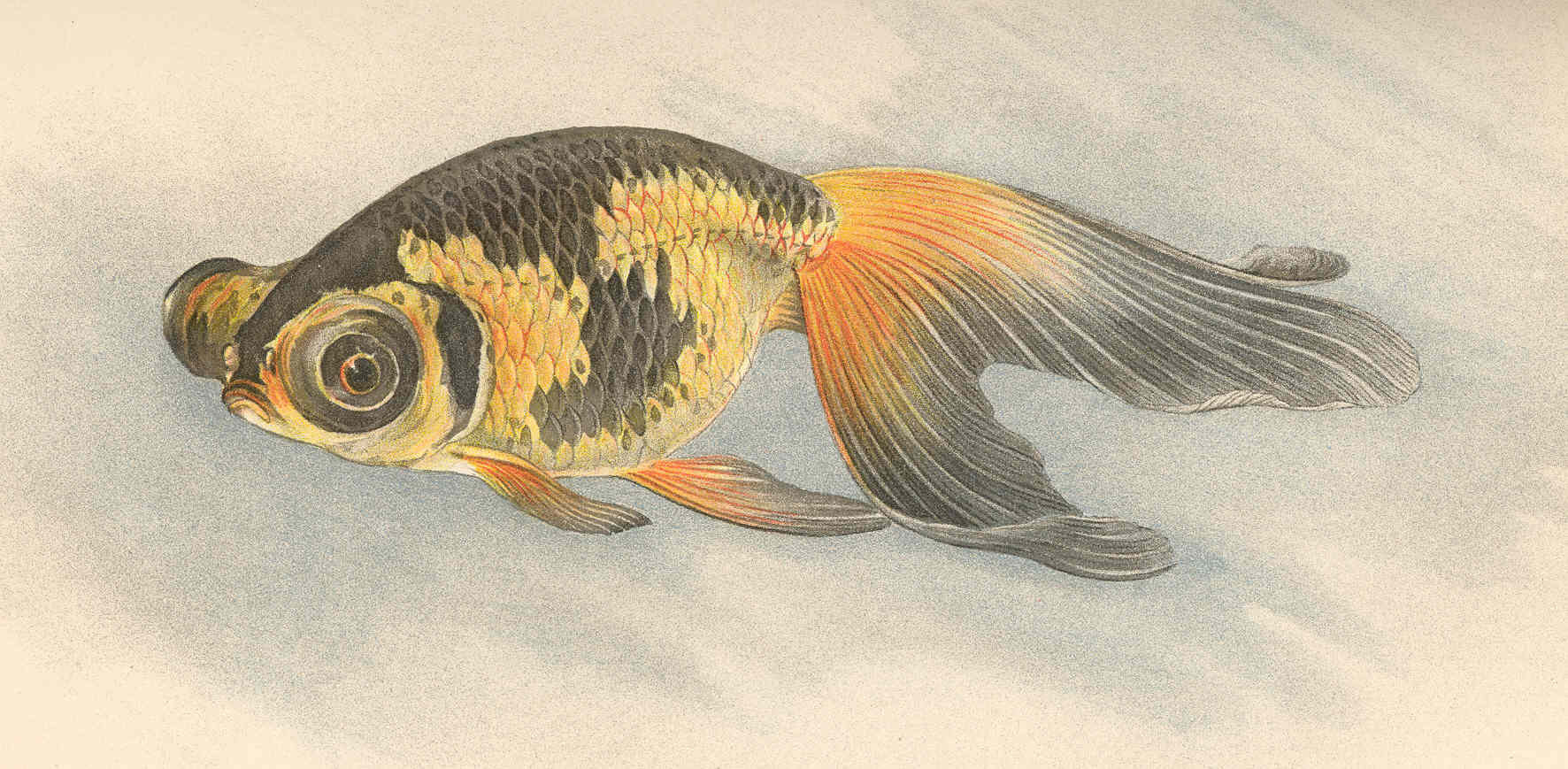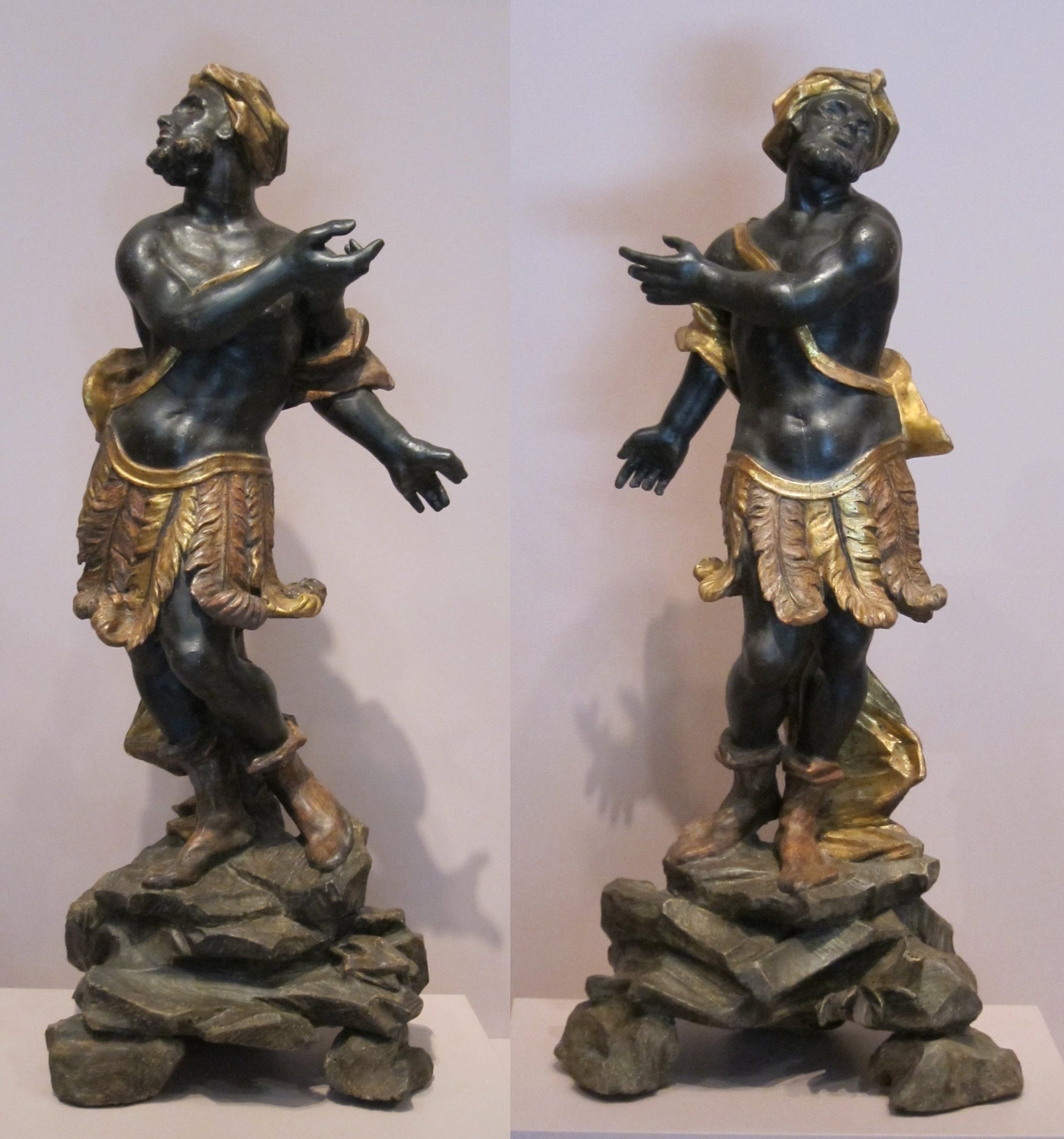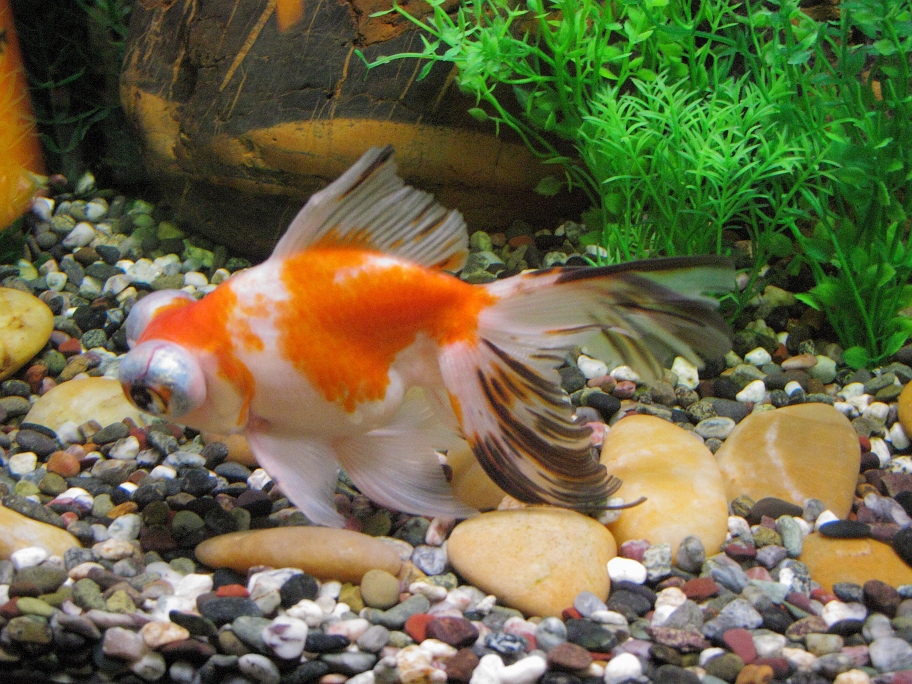|
Blackamoors (other)
Blackamoors may refer to: * Blackamoor (decorative arts), stylized depictions of black Africans in the decorative arts and jewelry * Blackmoor (campaign setting), a fantasy roleplaying game campaign setting * ''Blackmoor'' (supplement), a 1975 supplementary rulebook for ''Dungeons & Dragons'' * Blackamoor, Lancashire, a village in England * Blacka Moor, a moor in South Yorkshire, England * Black tetra, a small fish also called a blackamoor (Gymnocorymbus ternetzi) * Black Moor goldfish * ''The Moor of Peter the Great'', sometimes translated ''The Blackamoor of Peter the Great'' * ''Blackamoores'', a 2013 book * Maure, stylized depictions of black Africans in heraldry, sometimes called Blackamoors * Moors, Muslims of Spain and North Africa See also *Black Moor (other) *Blackmore (other) * Blakemore (other) *Moor (other) Moor or Moors may refer to: Nature and ecology * Moorland, a habitat characterized by low-growing vegetation and acidic soi ... [...More Info...] [...Related Items...] OR: [Wikipedia] [Google] [Baidu] |
Blackamoor (decorative Arts)
Blackamoor is a type of figure in European decorative art, from the Early Modern period, depicting a black man. Common examples of items and objects decorated in the blackamoor style include sculpture, jewellery, and furniture. Typically the sculpted figures carried something, such as candles or a tray. They were thus an exotic and lightweight variant for the Atlas (architecture), "atlas" in architecture and decorative arts, especially popular in the Rococo period. The term "blackamoor" or "black moor" was once a general term for black people in English, "formerly without depreciatory force" as the ''Oxford English Dictionary'' puts it. The style is now viewed by some as racist and culturally insensitive. However, blackamoor pieces are still produced, mainly in Venice, Italy. Jewelry and decorative arts In jewelry, blackamoor figures usually appear in antique Venice, Venetian earrings, bracelets, cuff links, and brooches. Blackamoor jewelry is also traditionally produced, bas ... [...More Info...] [...Related Items...] OR: [Wikipedia] [Google] [Baidu] |
Blackmoor (campaign Setting)
Blackmoor is a fantasy role-playing game campaign setting generally associated with the game ''Dungeons & Dragons''. It originated in the early 1970s as the personal setting of Dave Arneson, the co-creator of ''Dungeons & Dragons'', first as a setting for Arneson's miniature wargames, then as an early testing ground for what would become ''D&D''. Early history Blackmoor began as a development of David Wesely's " Braunstein" games following Duane Jenkins Brownstone (Old West) variant and Arneson's own wargaming sessions, into which he had begun to introduce fantasy elements. Initially inspired by Conan novels and gothic horror, Arneson expanded the setting around the eponymous town, castle, and multi-level dungeon to include ideas from ''The Lord of the Rings'' and ''Dark Shadows'' and applied the Fantasy Supplement rules from the ''Chainmail'' game. Blackmoor was a campaign centered on individual player characters capable of a series of progression, which encouraging cooperat ... [...More Info...] [...Related Items...] OR: [Wikipedia] [Google] [Baidu] |
Blackmoor (supplement)
''Blackmoor'' is a supplementary rulebook (product designation TSR 2004) of the original edition of the ''Dungeons & Dragons'' fantasy role-playing game written by Dave Arneson (with a foreword by Gary Gygax). Contents ''Blackmoor,'' the second supplement to the original ''Dungeons & Dragons'' rules, is known for its introduction of rules for underwater adventures and hit location, and the addition of the monk and assassin character classes. Dave Arneson named the booklet after his original role-playing campaign world, Blackmoor. It has additional rules, monsters, treasures, and the first role-playing game adventure ever published, ''The Temple of the Frog''. Despite the name, the supplement includes almost no information on Arneson's version of the world. ''Blackmoor'' added two new character classes to the game: the assassin, a sub-class of the thief; and the monk, a "monastic martial arts" sub-class of the cleric, intended to be a hybrid of the fighter and thief classes. ... [...More Info...] [...Related Items...] OR: [Wikipedia] [Google] [Baidu] |
Blackamoor, Lancashire
Blackamoor is one village in Lancashire, England which is to the south of Blackburn. It is located on the cross roads between Lower Darwen and Guide where the B6231 crosses the old “Roman Road” from Manchester to Ribchester Ribchester is a village and civil parish within the Ribble Valley district of Lancashire, England. It lies on the banks of the River Ribble, northwest of Blackburn and east of Preston. The village has a long history with evidence of Bronze .... References Villages in Lancashire Geography of Blackburn with Darwen {{Lancashire-geo-stub ... [...More Info...] [...Related Items...] OR: [Wikipedia] [Google] [Baidu] |
Black Tetra
The black tetra (''Gymnocorymbus ternetzi''), also known as the black skirt tetra, petticoat tetra, high-fin black skirt tetra, black widow tetra and blackamoor, is a freshwater fish of the characin family (Characidae). It is native to the Paraguay River basin of south-central Brazil (mainly Pantanal region), Paraguay and northeast Argentina, but there are also populations in the upper Paraná and Paraíba do Sul Rivers that likely were introduced.Benine, R.C., Melo, B.F., Castro, R.M.C. & Oliveira, C. (2015): Taxonomic revision and molecular phylogeny of ''Gymnocorymbus'' Eigenmann, 1908 (Teleostei, Characiformes, Characidae). ''Zootaxa, 3956 (1): 1-28.'' It was formerly reported from the Guapore River, but this population is part of '' G. flaviolimai'', which is found throughout the Madeira River basin and was described in 2015. The black tetra is often kept in aquariums. Growing up to in length, the black tetra has a roughly tetragonal body shape and is greyish in colour, ... [...More Info...] [...Related Items...] OR: [Wikipedia] [Google] [Baidu] |
Black Moor Goldfish
The telescope eye () is a goldfish characterised by its protruding eyes.Andrews, Chris. An Interpet Guide to Fancy Goldfish, Interpet Publishing, 2002. - Johnson, Dr. Erik L., D.V.M. and Richard E. Hess. Fancy Goldfish: A Complete Guide to Care and Collecting, Weatherhill, Shambala Publications, Inc., 2006. - Bristol Aquarists' Society, Bristol Aquarists.org, United Kingdom retrieved on: 4 June 2007 It was first developed in the early 1700s in China, where the trait was referred to as dragon eyes. Description  Except for its enlarged projecting e ...
Except for its enlarged projecting e ...
[...More Info...] [...Related Items...] OR: [Wikipedia] [Google] [Baidu] |
The Moor Of Peter The Great
''The Moor of Peter the Great'' (russian: Арап Петра Великого, 'The Blackamoor of Peter the Great'' or ''The Negro of Peter the Great'') is an unfinished historical novel by Alexander Pushkin. Written in 1827–1828 and first published in 1837, the novel is the first prose work of the great Russian poet. Background Pushkin started to work on the novel towards the end of July, 1827 in Mikhailovskoye and in spring 1828 read some drafts to his friends, including poet Pyotr Vyazemsky. During Pushkin's lifetime, two fragments were published: in the literary almanac ''Severnye Tsvety'' (1829) and in the newspaper '' Literaturnaya Gazeta'' (March 1830). All the extant parts were first published after Pushkin's death by the editors of the journal ''Sovremennik'' in 1837, who also gave the novel its current title. The main character of the novel, Ibrahim, is loosely based on Pushkin's maternal great-grandfather, Abram Petrovich Gannibal, a black African who was brought t ... [...More Info...] [...Related Items...] OR: [Wikipedia] [Google] [Baidu] |
Blackamoores
''Blackamoores: Africans in Tudor England, their Presence, Status and Origins'' is a 2013 non-fiction book by British historian and writer Onyeka Nubia which explores the history of Black people in Tudor-era England. Based on a study of 250,000 documents during 10 years of research, the book became part of a campaign by a Waltham Forest community group targeted at the UK government to diversity Britain's education curriculum. Synopsis Based on a study of 250,000 documents during 10 years of research (including a 1501 letter written by statesman Thomas More to his friend John Holt), the book explores the history of Black people in Tudor-era England, focusing on challenging the conventional historiographical narrative "that Africans in the Tudor period automatically occupied the lowest positions in society nd wereusually stigmatized as slaves, transient immigrants or dangerous strangers." Through his work, Onyeka aims to show that Black Britons held numerous positions of im ... [...More Info...] [...Related Items...] OR: [Wikipedia] [Google] [Baidu] |
Maure
A Moor's head, since the 11th century, is a symbol depicting the head of a black moor. Origin The precise origin of the Moor's head is a subject of controversy. But the most likely explanation is that it is derived from the heraldic war flag of the Reconquista depicting the Cross of Alcoraz, symbolizing Peter I of Aragon and Pamplona's victory over the "Moorish" kings of the Taifa of Zaragoza in the Battle of Alcoraz in 1096. The blindfold may originally have been a headband. Another theory claims that it is the Nubian Saint Maurice (3rd century AD). The earliest heraldic use of the Moor's head is first recorded in 1281, during the reign of Peter III of Aragon and represents the Cross of Alcoraz, which the King adopted as his personal coat of arms. The Crown of Aragon had for a long time governed Sardinia and Corsica, having been granted the islands by the Pope, although they never really exercised formal control. The Moor's head became a symbol of the islands. Flags, seals, ... [...More Info...] [...Related Items...] OR: [Wikipedia] [Google] [Baidu] |
Moors
The term Moor, derived from the ancient Mauri, is an exonym first used by Christian Europeans to designate the Muslim inhabitants of the Maghreb, the Iberian Peninsula, Sicily and Malta during the Middle Ages. Moors are not a distinct or self-defined people. The 1911 ''Encyclopædia Britannica'' observed that the term had "no real ethnological value." Europeans of the Middle Ages and the early modern period variously applied the name to Arabs and North African Berbers, as well as Muslim Europeans. The term has also been used in Europe in a broader, somewhat derogatory sense to refer to Muslims in general,Menocal, María Rosa (2002). ''Ornament of the World: How Muslims, Jews and Christians Created a Culture of Tolerance in Medieval Spain''. Little, Brown, & Co. , p. 241 especially those of Arab or Berber descent, whether living in Spain or North Africa. During the colonial era, the Portuguese introduced the names " Ceylon Moors" and "Indian Moors" in South Asia and Sri ... [...More Info...] [...Related Items...] OR: [Wikipedia] [Google] [Baidu] |
Black Moor (other)
Black Moor may refer to: * Black Moor (musical group) Black Moor is a Canadian heavy metal band formed in 2005 in Cole Harbour, Nova Scotia, Canada. Since their inception, they have worked steadily to expand their fanbase and refine their sound, described as "retro, riding that familiar border betw ..., a heavy metal band * Black Moor (Rhön), a wetland habitat in Germany * Black Telescope goldfish, known as black moor, a variant of telescope eye goldfish * "Harap Alb", a 1877 Romanian-language fairy tale See also * Blackmore (other), Blackmore * Blackamoors (other) * White Moor (other) {{disambiguation ... [...More Info...] [...Related Items...] OR: [Wikipedia] [Google] [Baidu] |


